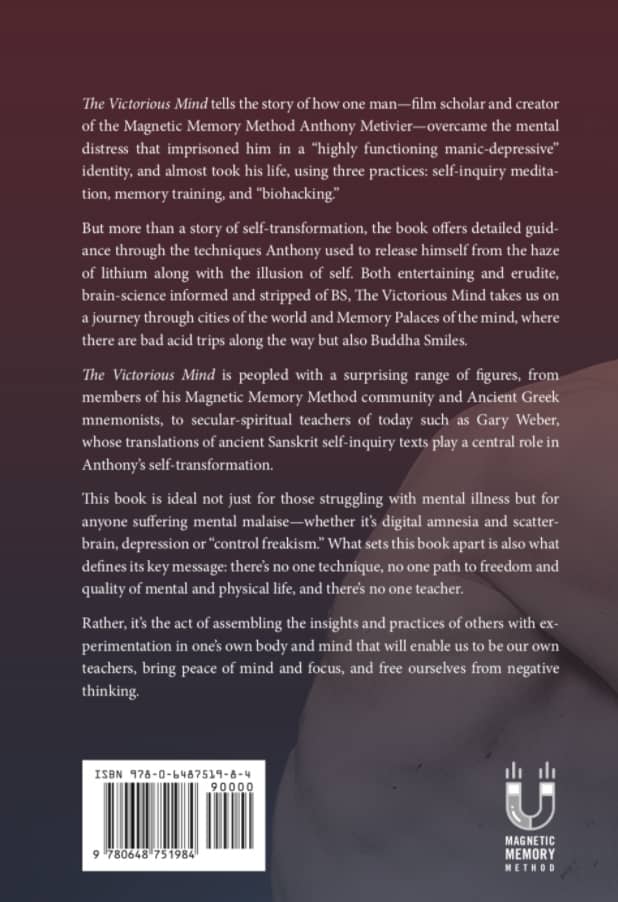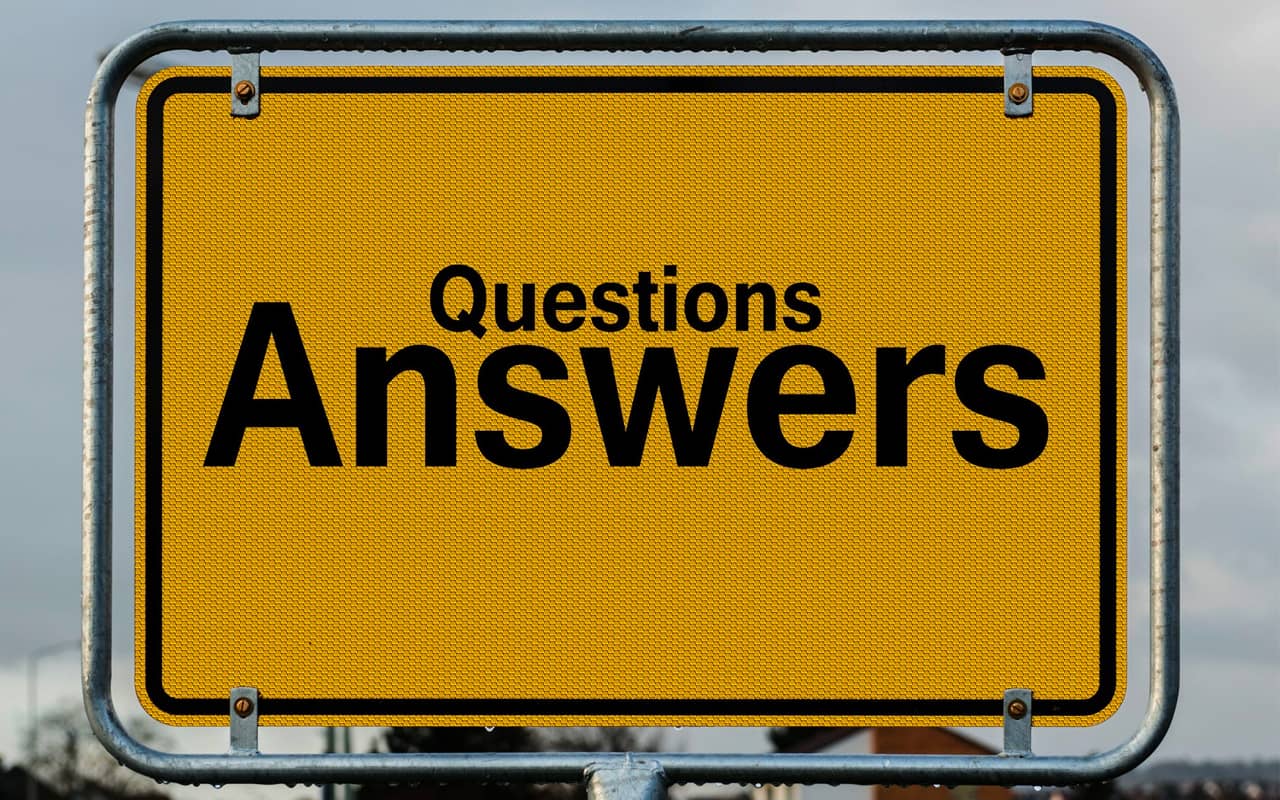Podcast: Download
Subscribe: Apple Podcasts | RSS

Do either reading strategies really help you remember more by reading less of some books?
That’s what we’re going to talk about on this page based on my years of graduate school study and teaching as a professor in different countries. I’ve skimmed and scanned in multiple languages, which gives me a unique perspective.
And on that basis, I can tell you that the biggest problem you face isn’t that you need to read faster.
It’s that you need to read in a way that doesn’t sacrifice reading comprehension.
Here’s the very good news:
When I skim and scan, I do it properly.
What I’m going to teach you today avoids the highly questionable eye-training and subvocalization nonsense taught in speed reading books and courses. The way I managed to read several books a week also works without sacrificing comprehension.
Now, I don’t say this to come across as arrogant, but I hold academic credentials and publishing credits that demonstrate my thorough reading skills.
So stick around because on this page, I’ll share my best tips on several skim and scan reading strategies. I’ll do so with a particular focus on remembering more. I can only recommend that you don’t skip around (at least for now) – and we’ll talk about why in a second.
That way we can dive in by looking at these techniques from a higher level first.
Skimming vs. Scanning: What’s the Difference?
At first glance, there doesn’t seem to be much that distinguishes these two reading techniques. As you’ll soon see, there are key differences, and their value to you stems from what you’re trying to get out of the reading material in question.Therein lies the ultimate difference:
Reading techniques matter, but they matter most when deployed in context. You need to use the right techniques that work to produce the desired outcome. And, scientists have shown that skimming on screens reduces comprehension.
That’s why in many cases, neither skimming or scanning will work. In fact, this study shows that even when proper skimming and scanning techniques are taught, it is “difficult to get students to skim and scan because of negative attitudinal biases of both students and teachers.”
Well, sometimes we should feel negative towards techniques that are hard to learn to do well and only work in certain contexts – such as only when reading physical books.
It’s also important to understand the role of context in reading. If you have no familiarity with the topic area, these techniques won’t help because your brain doesn’t have enough connections to the material.

Also, you might not have enough vocabulary to use either of these techniques effectively. This issue usually means that without some preexisting knowledge of a subject area, the differences between these two techniques doesn’t really matter. You will want to start with my free power-training on how to read faster instead.
With this higher level points derived from both scientific research and critical thinking in mind, let’s get into some definitions that show how and why these techniques differ.
Skimming Defined
If we look at the origin of this word, it literally means to scoop a substance from a surface.
That means when we’re trying to differentiate skimming from scanning, we already know that skimming can never serve as a depth reading technique. It’s all about the shallow elements of a book or other text.
However, shallow does not necessarily mean superficial.
As scholar and narratologist Gerard Genette discussed in his epic book, Paratexts, the “surfaces” of what we read often contain tremendous amounts of detail.
For example, Genette points out the power of reading the colophon page for all kinds of important clues, including:
- Date and location of publication
- Translation information
- Edition number
- Author’s biographical data and rights
Now, you might be thinking:
This stuff has nothing to do with the meaning of the book!
That may or may not be true, but it is always a best practice to at least glance at the colophon page. As I discuss in this video, you can pick up a very powerful memory tool:
Other parts of the books you can skim intelligently include:
- Table of contents
- Index
- Bibliography
- Images and graphs
- Section summaries
- Practice questions
- Acknowledgements
Combined, skimming these elements of a book give you a lot of context. They are worth doing anytime you read any book because they help to form a field of understanding in your mind. And if you use mnemonic devices, you’ll be able to remember more by skimming.

Scanning Defined
In Brilliant Speed Reading, Phil Chambers says that scanning differs from skimming because it is “less pre-directed.”
I’m not so sure about that. As we’ve seen, how we define our terms should really come down to your desired outcomes.
In my view and experience, scanning includes the skimming we just talked about. Scanning might include skimming, but doesn’t necessarily need to include the other strategy.

Scanning definitely involves going deeper. Rather than just familiarizing yourself with the “surface” features, you would go deeper, including:
- Flipping through the pages of each chapter
- Analyzing any graphs or charts
- Looking at images (what learning expert Barbara Oakley calls taking a “picture walk”)
- Reading chapter openings and conclusions
- Reading the book conclusion
I included some dedicated reading in scanning because scan reading is useless without giving you something to base a decision on.
What decision?
Whether or not you’re going to continue and read the entire book.
This decision is one of the best reasons to use both of these techniques because it can save you a ton of time on either:
- Skipping books unlikely to serve your goals
- Saving books for later that you don’t need to read right now
How To Skim Read
When learning how to skim a book, I suggest you start with the back cover. Try to mentally notice at least three (or more) details or observations that come to mind as you read.
For example, on the back cover of The Victorious Mind: How to Master Memory, Meditation and Mental-Well Being, you might notice a few things like:
- The author is a film scholar
- Terms like “self-inquiry” and “control-freakism” are used
- It talks about the importance of experimentation
- The works of Gary Weber are mentioned
- An image of a “magnet” accompanies the name of the publishing imprint

By reading the back cover, a “field” of awareness is already developing in your mind.
These observations will compound as you dive into the colophon page, the index, bibliography and other “paratextual” elements of the book.
The most important aspect of this kind of strategy to remember is that you’re reading to develop context. You’re not even sure you’re going to read the entire book yet, but you’re taking every opportunity to make sure you remember more by consciously observing its “surface” details from the beginning.
The Top 10 Scanning Techniques
To scan effectively, you will want to first decide a few things based on what you’ve learned from the skimming exercise.
The main question to ask is this:
Does the book warrant reading further?
If the answer is “yes,” then I suggest you:
- Get out an index card.
- Write down the name of the book and the author (include publishing date)
- Memorize the publishing date using the Major System or Dominic System
- Count the number of chapters and then page through the entire book
- Note any keywords or key ideas that leap out at you
- When you find interesting points, add them to new index cards and include the page number
- Note any key graphs or images (you may want to redraw some of them if you find them hard to understand)
- Ask questions as you scan
- Jot down a summary of what you understood about the book from scanning

When asking questions, you can include the stock questions common to most people who use critical thinking strategies:
- Who
- What
- Where
- When
- Why
- How
But you can also go further. You can ask questions like:
- How and why is this author an authority on the book’s topic?
- How does the author demonstrate the validity of the research references in the book?
- How does the author share the views of those who contradict the book’s established position?
- What is the book’s big idea in my own words?
- What are a few of the sub-ideas in my own words?
- Do I need to read this book in full?
- Do I need to start at the beginning or can I select certain chapters?
One of my favorite questions is:
So what?
To put it another way, “if this claim is true, what changes? If it isn’t true, what changes?”
If you find that the answer is… “nothing changes,” then the stakes presented by the book simply aren’t that high. It might be worth skipping the book altogether.
In sum, the quality of the answers you get from these questions will depend on your skills as a skimmer and your general familiarity with the field before you started the skimming and scanning exercises.
Now, if using index cards is not something you care to do, you can use these mind mapping examples to consider some alternatives.
Should You Skim Or Scan?
As you can tell by now, my answer is both. One reading strategy is almost valueless without the other.
Plus, you really need to perform some self-analysis before getting started. If you’re not already familiar with the area, neither of these techniques will be particularly helpful. In fact, they could damage your enthusiasm for learning the topic at all.
If necessary, work on your reading comprehension strategies first so you can gain familiarity with the field.
Everyday Applications For Using The Skimming And Scanning Technique
If you’re in a bookstore, that’s definitely the time to simply scan a book. As a nearly universal rule, when I have found a book that passes the “scan test,” I get it. Too much time is wasted wishing I would have just got something and little is lost by having another reading resource around.
When working in libraries, it definitely makes through to go through both skimming and scanning. To keep my index cards gathered together in a compact manner, I usually put them in ziplock bags.
I know: this process is kind of weird. However, I’ve been practicing it since 2000. The organizational power alone has been invaluable over the years. Plus, I simply remember a lot more along the way about books I’ve seen, even if I haven’t read them all.
For online applications, you can do something similar, taking care to write the web address and the date you accessed the article online. Some people will want to use Evernote, and there are tactics you can learn to optimize all kinds of software programs of this kind.
How To Skim A Book For Use With The Memory Palace Technique
There are a lot of ways to remember more of what you read even if you’re skimming and scanning.
Of course, this assumes that you know how to use a Memory Palace. If you don’t have this skill yet, grab me free course and start developing it now:
Once you know how to use a Memory Palace, you have options. For example, you can:
- Rapidly memorize the publication date, title and author name of any book
- Quickly create images based on page numbers using a 00-99
- Use individual pages as simple Memory Palaces
Ultimately, you’ll want to save these techniques for a full read of the books you encounter. And for that I suggest you learn how to memorize a textbook in greater detail next.
How To Choose Your Reading Wisely And Contextually
At the end of the day, the techniques you choose for your reading are less important than what you read and why you’re reading it.

Unfortunately, no one can tell anyone else exactly what to read. That’s why I recommend you deploy these techniques within the context of a vision statement.
For example, I have a long term reading project about NASA and space travel, one that is nested inside a learning project about the relationship between memory techniques and early developments in science and astronomy.
When I found Dr. Richard Wiseman’s Shoot for the Moon in a bookstore, I skimmed it and instantly saw how it fits my reading project. Later I scanned it to maximize my field of understanding and finally read it thoroughly from cover to cover for best results.
When you use skimming and scanning techniques in this way, you’ll go beyond the energy-draining tactics that lead to highly suspicious ideas like “photoreading.”
Instead, you’ll have energy-creating strategies that keep your enthusiasm high.
You’ll enjoy this result because you’re legitimately extracting maximum value from each and every book you read. Without context, all the skim tips in the world won’t help you learn how to read faster.
So let me know, what do you think of these definitions of skimming vs. scanning? And what vision do you have for your reading goals?
Related Posts
- Nelson Dellis On Remember It! And Visual Memory Techniques
Looking for visual memory techniques? And I mean truly visual. In this episode of the…
- 11 Benefits of Critical Thinking That Rapidly Improve Your Life
Critical thinking provides so many benefits. But did you know there's more than one kind…
- The Glycolysis Mnemonic Strategy That Helps You Remember Fast
Most glycolysis mnemonic examples fail. Learn how to remember everything related to glycolysis fast with…








